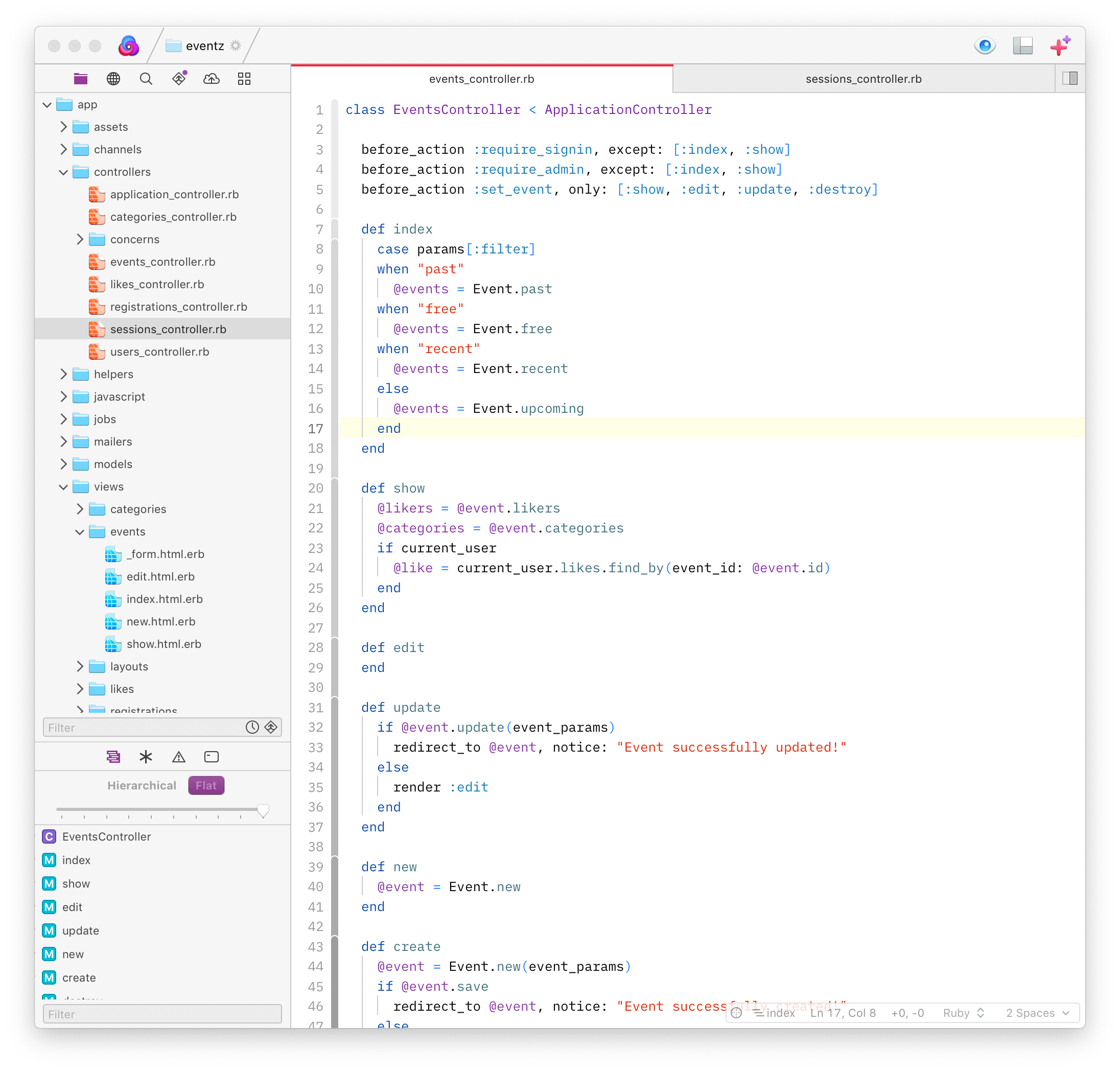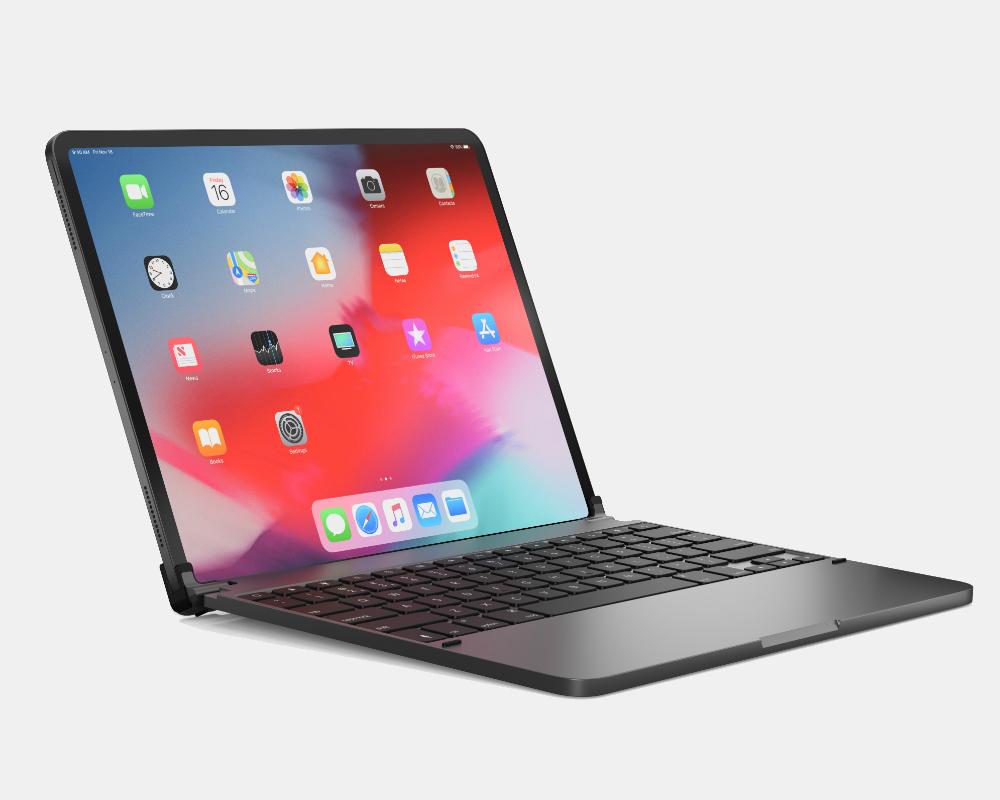A year back in Florida
About a year ago, I moved away from the San Francisco Bay Area, back to Tampa Bay, Florida, where I’d lived for (mostly) all my previous life.
Florida is not the same place it was when I left. The metros feel more urban, more alive, than I remember. Some of that is undoubtedly on me, on my failure to explore them adequately back in the 1990s. But a lot of what I’ve been finding now simply wasn’t there two decades ago. St. Petersburg now has blocks of walkable downtown, starting from the waterfront museums and moving west through the Edge District, on to Kenwood and Grand Central, where they recently held one of the biggest Pride festivals in the country. Tampa’s downtown no longer feels like they roll up the sidewalks at five (a problem that San Jose struggled to solve for years as well). Just like St. Pete’s Central Avenue reminds me—a little—of K and J Streets in midtown Sacramento, smaller towns like Gulfport and Dunedin remind me—a little—of the smaller walkable towns back in California like Danville, Campbell, and Livermore.
Some of the areas that were truly nothing twenty years ago have become, well, something. The town I’ve moved to, Ridge Manor, is an unincorporated area a few miles north of still-tiny Dade City, on a state road that goes straight east-west between I-75 and Orlando. The next “big small town” over, Clermont, has blossomed from a near-abandoned downtown into a genuinely interesting suburb, even if it’s hard to figure out just what it’s a suburb of. Wesley Chapel, about a half-hour south along I-75, is a surprisingly large suburb of Tampa now.
A year ago, I wrote that you can find great coffee shops and craft breweries and cocktail bars in any metro area, and that’s true here, too. Dade City itself has a great craft brewery and a solid coffee shop, and there are far more throughout Tampa/St. Pete and Orlando. Great cocktail bars are the hardest to find here, I’ve found, but they are here.
Florida is not the same place it was when I left. It was, back then, a relatively purple state overall. There are still Florida liberals and leftists, but the Florida of 2023 is a one-party state. And, not to put too fine a point on it, Florida Republicans lead the charge to make that party indistinguishable from the far-right fascist parties plaguing Europe and Central America. Every day brings a new attack on the rights of people DeSantis and his supporters have identified as The Enemy. Trans people. Queer people. Drag queens. Immigrants. Teachers. Librarians. Disney.
A drive around rural Florida a quarter-century ago would have certainly taken you past houses and farms flying confederate battle flags; the state’s panhandle has long been an epicenter for the neo-confederate movement. On a similar drive today, though, the flags are almost exclusively for Trump. And there are many, many flags for Trump. Flags and bumper stickers and banners, and an ugliness I can’t remember seeing in America in my lifetime. When I left Florida, Jeb Bush had just won reelection; I’ve returned to a state where Republicans would consider Jeb too suspiciously liberal to elect him to a municipal utility board.
I am not in the same place in Florida as I was when I left. Politically and culturally, I’m more Left Coast than I had been two decades ago, to be sure—but I spent most of my previous Florida years in Tampa or its suburbs, or the wealthy, culturally rich city of Sarasota.1 As someone who presents as a cishet male, I have little to worry about in most interactions here yet—but that yet slowly gathers weight. I’ve been open about my beliefs, moderately open about my not-so-binary, fairly asexual identity. I write queer, often political, furry fiction under my own name. So far, this has only resulted in lost friendships, but the potential for worse is real.
Yet my worries don’t center on me. The majority of my friends are queer, too. Will any trans friend, including my BFF/partner, be safe here even for a visit? They’re certainly not going to move here. More and more, I’m hearing of people moving out.
I am not in the same place in Florida as I was when I left. All my adult life, both in California and previously here, I could reach dozens of choices for shopping, eating and drinking in under fifteen minutes; some were just a nice walk away in good weather. But Ridge Manor’s several thousand residents spread out over rural half-acre lots. A few businesses cluster in a couple of strip malls around the I-75 interchange. There’s a grocery store, three or four decent restaurants (and three or four fast food places), so-so Chinese takeout, and a few gas stations. Anything else is twenty minutes away at a minimum.
That might not sound like a big deal. It didn’t sound like one to me, either. I’d come home to this house every Christmas from California; I knew where it was. And, I’ve always enjoyed driving. For years, my BFF and I took Saturdays out, exploring towns hours away. How bad could this be?
The answer, it turns out, is worse than I thought. In all my adult life, I’ve lived where I could reach dozens of choices for shopping, eating and drinking in under fifteen minutes, often in places where some were just a nice walk away in good weather. Now, hitting even most standard suburban chains is no longer a whim, it’s an excursion.
Sometimes I’ve dreamt of living in a cabin in Big Sur. I don’t anymore. I want to be in walking distance of something, a short driving distance of anything. Markets, coffee shops, a neighborhood bar, an ice cream parlor. Ridge Manor is not a place where that’s possible, and despite the construction and development around the area, it never will be. Yes, it will get hundreds of new tract homes, but the people who move in there will find that they, too, are a half-hour away from everything.
But do I regret moving? No. I moved to be with my mother, to help take care of her and the house. Our relationship isn’t frictionless, but it’s good, better than many such relationships that I see among my own friends and, for that matter, among hers. I know her better now than I have at any previous point in my life. It’s not just a solid, loving parent-child relationship, it’s a solid, loving friendship. That’s invaluable.
I still take Saturdays out, albeit mostly by myself now, and I’ve discovered or re-discovered plenty of cool places, many of which weren’t here before and all which have changed. There are places I could truly feel at home in, if I lived closer to them, and if Florida’s politics ever become less fraught. And if I can still deal with Florida summers.
The what-ifs remain, though, no matter how much I try to shunt them away.
First what-if: My ability to carve out my own time has been markedly impaired over the last year, from writing to TV watching to reading. Perhaps I am not good at setting boundaries, or perhaps I am just not used to living with someone who wants a lot of attention compared to past, undemanding housemates. Would it have been better to live in the suburbs a half-hour down the road, drive up here a few times a week for dinner, spend the night every other week?
I’m doubtful. The connections I’ve been making with my mom couldn’t have been made if we weren’t living together. Beyond that, I wouldn’t be here to be able to help with routine small things, and helping with large ones would be that much more challenging. She’d be markedly lonelier, and despite my penchant for solitude, I would be, too.
And there’s the cost of living. Despite the isolation, there are many things to like about this house—it’s on over an acre of wooded land, for a start—but the number one thing is, simply, that it’s fully paid off. A year ago, I wrote, “I won’t miss paying as much in rent share [in California] as I would pay for an entire two-bedroom apartment in Tampa.” That turned out to be optimistic; a decent one-bedroom, not two, apartment in Wesley Chapel would be hundreds more a month than my rent share in Santa Clara was. The median rent in Sacramento is, as of this writing, lower than both Tampa and Orlando.
Second what-if: my mother and I could move somewhere else, somewhere that checks off more of my boxes and, ideally, more of hers. She’d like to be closer to amenities, closer to medical care, closer to the water. We’re both concerned about the heat, too. As I write this, Florida swelters in record-breaking heat. The SF Bay Area and Sacramento are at unusual highs, too, but the old “it’s a dry heat” joke hits home. Sacramento’s projected high of 103°F tops our projected 94°, but our heat index hits 116° compared to Sac’s 104°—and our low will be 74° (with a heat index ten degrees higher), whereas Sacramento will make it down to a comparatively arctic 58°. If this is the new normal, it may be untenable for both of us.
Housing prices anywhere we’d want to live are likely to be challengingly high even with our resources pooled together, though, and I don’t know what place we’d both agree on. Stay in the state, or leave it? She thinks about going back to Baltimore, where she grew up, or around Asheville, where Floridians seem to be moving to when they want to leave this state. I have no personal affinity for Maryland or North Carolina, though; the places I do have affinity for—most of California and the Pacific Northwest, parts of the Southwest—aren’t places she does.
Beyond that, the thought of moving anywhere leads to uncomfortable thoughts of mortality—both my mother’s and my own. When will I find myself living alone once more? Will I want to stay where I’m living then? If it’s still here, still in this house, the answer is likely no. But if my mother and I move to a new place, she’ll push for a bigger house. I doubt I’d want a bigger house by myself, or even with a housemate. (And if it’s in Florida, the current politics all but ensure my trans BFF won’t be that housemate.)
Of course, maybe a bigger house still makes financial sense; with luck, having a more expensive house means I get more money if I sell it and do move somewhere else, ultimately. The money isn’t being lost. Objectively, I know that. But I don’t feel it.
So, where does this leave me? It leaves me with a loving parent and great finances; it leaves me isolated, frustrated with my inability to manage my own time, wondering why I’m even worse than I used to be at coordinating with friends. It leaves me in a good and bad place. It leaves me in limbo.
I’ll check back in after another year.
-
Sarasota is now ground zero for not just Florida’s culture wars but all of America’s, as the home of the neofascist Moms of Liberty and epicenter of QAnon conspiracy nonsense. My college, New College, is the one that DeSantis is in the process of transforming from a nationally-recognized liberal arts school into a national laughing stock. ↩︎





